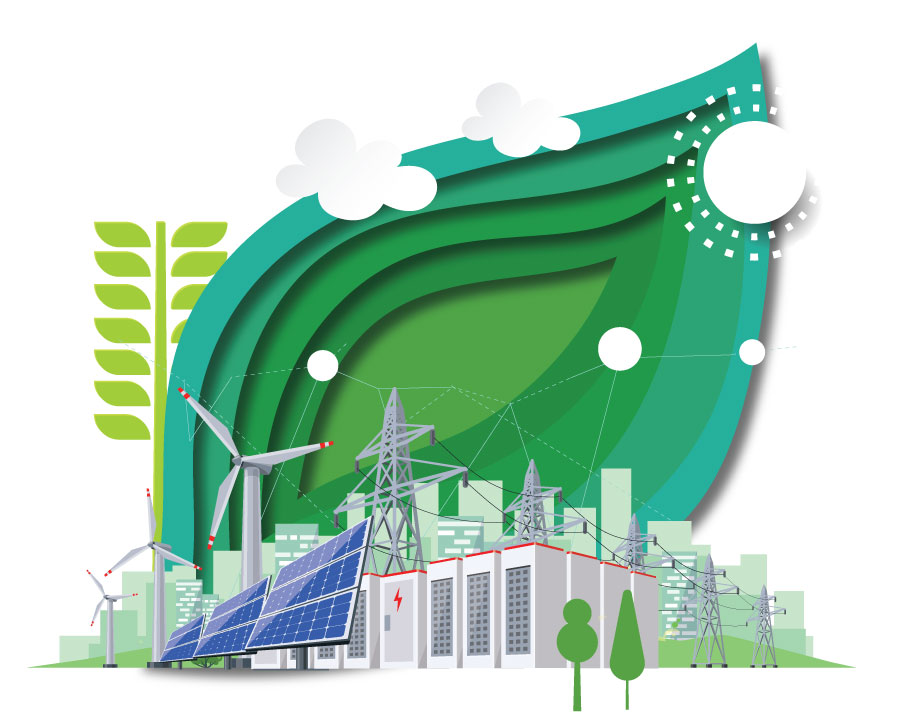Energy Blog: Knowledge Is Power Is Knowledge
Energy Blog: Knowledge Is Power Is Knowledge


The information economy is an energy hog. Moving data via fiber optics could reduce the load.
In the past, I have written about the water-energy nexus and the food-energy nexus, where energy enables the efficient movement of commodities that themselves support energy production. The systems are so intertwined that a shortfall in one area can cascade through both.
Increasingly, though, the most important interlinked system is the information-energy nexus. The old saying “knowledge is power” is quite literally true when it comes to the global information technology industry.
About two percent of the world’s electricity is needed simply to power racks of computers in data centers and the air conditioners needed to cool them. One rack at a data center, which looks like an open filing cabinet filled top to bottom with high-speed computers, consumes the same amount of power as a neighborhood of homes. A data center or server farm has hundreds of these racks all lined up in neat rows. Those microprocessors generate a lot of heat when they operate, so cooling must be factored into their power consumption.
More for You: Climate of Optimism
While information is becoming more energy intensive due to the power-hungry data centers, the energy industry has embraced information. Smart meters, sensors, and other devices provide a stream of real-time data to enable managers to keep close tabs on the electrical grid, and the oil and gas industry is awash in geophysical data collected to find the best places to drill.
The interconnection between the two systems has become tangled. Information storage is migrating from distributed desktops to energy-intensive cloud-computing centers, while energy systems have evolved away from centralized generating facilities such as coal power plants to smaller, distributed systems like rooftop solar arrays that need internet connections to manage.
The information-energy nexus loom especially large for cryptocurrency, which is fundamentally shifting the demand curves for the power sector. Cryptocurrency mining requires dedicated data centers with power-hungry high-speed computers to produce the information to represent a monetary value. One crypto-mine announced in Texas requires 750 MW of power for its operations—that’s about the scale of a medium-sized nuclear power plant. Several are under construction, which means they will soak up a lot of the new wind and solar capacity scheduled to be built in the state. In a very real sense, the value of each cryptocurrency “coin” is bound up in energy consumption.
Editor’s Pick: Will Power Plant Retirements Green the Grid?
While the information-energy nexus could easily spiral out of control, there is an offramp. It turns out it’s a lot easier, efficient, and cheaper to move information via photons on easy-to-lay optical fibers (which can cost as little as thousands of dollars per mile to install along some stretches) than to move electrons around by expensive and hard-to-build electric transmission systems (that cost millions of dollars per mile).
A concept promoted a decade ago by semiconductor manufacturer AMD is to use flexible data centers to move photons around as a form of dispatchable information, rather than moving electrons around as dispatchable power. For instance, when the wind dies down in West Texas, Texas-based data centers could power down and the slack in data supply would be picked up by data centers located where the energy supply is greater. The delay in getting a data stream over 1,000 miles of fiber optic lines instead of 100 miles of lines would be imperceptible to viewers.
Reader’s Choice: Harnessing 5G’s Excess Energy Could End Battery Power
In that way, data centers could move from being power hogs to helping to prop up the grid because they can turn off when electricity is scarce.
Taking this idea further, Microsoft has installed some data centers in the ocean. Not only is the ocean water a useful coolant, but also it is easier to move photons ashore than the electrons. A system based on this concept would co-locate seabed data centers with offshore wind turbines not far from the largest coastal cities.
All in all, power gives us more knowledge and that knowledge requires more power. Since the human appetite for knowledge—whether its in the form of great literature, social media, or TikTok videos—seems to be insatiable, it’s imperative that we find the most efficient ways to supply it.
Michael E. Webber is the Josey Centennial Profesor of Energy Resources at the University of Texas in Austin.
Increasingly, though, the most important interlinked system is the information-energy nexus. The old saying “knowledge is power” is quite literally true when it comes to the global information technology industry.
About two percent of the world’s electricity is needed simply to power racks of computers in data centers and the air conditioners needed to cool them. One rack at a data center, which looks like an open filing cabinet filled top to bottom with high-speed computers, consumes the same amount of power as a neighborhood of homes. A data center or server farm has hundreds of these racks all lined up in neat rows. Those microprocessors generate a lot of heat when they operate, so cooling must be factored into their power consumption.
More for You: Climate of Optimism
While information is becoming more energy intensive due to the power-hungry data centers, the energy industry has embraced information. Smart meters, sensors, and other devices provide a stream of real-time data to enable managers to keep close tabs on the electrical grid, and the oil and gas industry is awash in geophysical data collected to find the best places to drill.
The interconnection between the two systems has become tangled. Information storage is migrating from distributed desktops to energy-intensive cloud-computing centers, while energy systems have evolved away from centralized generating facilities such as coal power plants to smaller, distributed systems like rooftop solar arrays that need internet connections to manage.
The information-energy nexus loom especially large for cryptocurrency, which is fundamentally shifting the demand curves for the power sector. Cryptocurrency mining requires dedicated data centers with power-hungry high-speed computers to produce the information to represent a monetary value. One crypto-mine announced in Texas requires 750 MW of power for its operations—that’s about the scale of a medium-sized nuclear power plant. Several are under construction, which means they will soak up a lot of the new wind and solar capacity scheduled to be built in the state. In a very real sense, the value of each cryptocurrency “coin” is bound up in energy consumption.
Editor’s Pick: Will Power Plant Retirements Green the Grid?
While the information-energy nexus could easily spiral out of control, there is an offramp. It turns out it’s a lot easier, efficient, and cheaper to move information via photons on easy-to-lay optical fibers (which can cost as little as thousands of dollars per mile to install along some stretches) than to move electrons around by expensive and hard-to-build electric transmission systems (that cost millions of dollars per mile).
A concept promoted a decade ago by semiconductor manufacturer AMD is to use flexible data centers to move photons around as a form of dispatchable information, rather than moving electrons around as dispatchable power. For instance, when the wind dies down in West Texas, Texas-based data centers could power down and the slack in data supply would be picked up by data centers located where the energy supply is greater. The delay in getting a data stream over 1,000 miles of fiber optic lines instead of 100 miles of lines would be imperceptible to viewers.
Reader’s Choice: Harnessing 5G’s Excess Energy Could End Battery Power
In that way, data centers could move from being power hogs to helping to prop up the grid because they can turn off when electricity is scarce.
Taking this idea further, Microsoft has installed some data centers in the ocean. Not only is the ocean water a useful coolant, but also it is easier to move photons ashore than the electrons. A system based on this concept would co-locate seabed data centers with offshore wind turbines not far from the largest coastal cities.
All in all, power gives us more knowledge and that knowledge requires more power. Since the human appetite for knowledge—whether its in the form of great literature, social media, or TikTok videos—seems to be insatiable, it’s imperative that we find the most efficient ways to supply it.
Michael E. Webber is the Josey Centennial Profesor of Energy Resources at the University of Texas in Austin.



